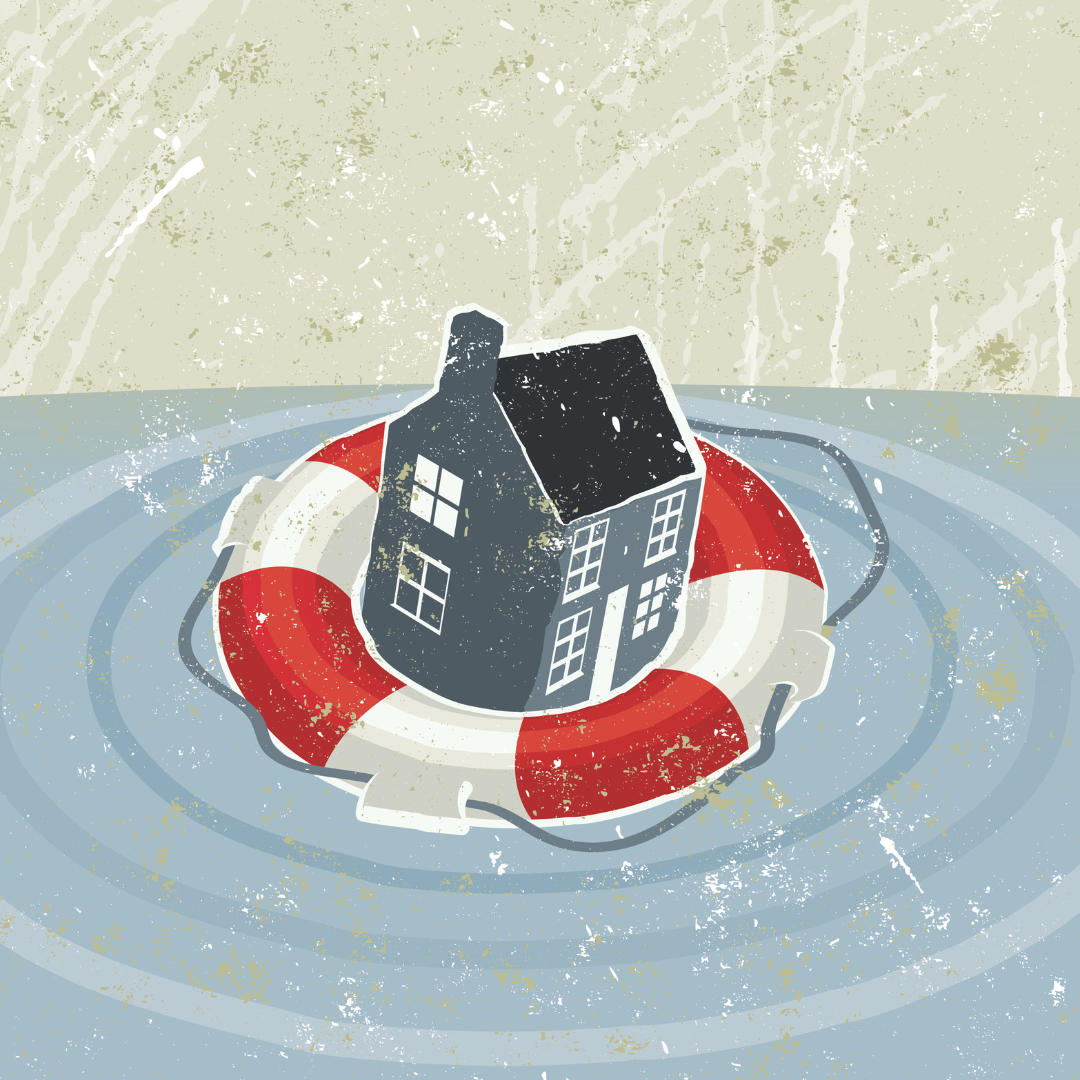by James Whitmore
When considering home-destroying disasters, many people think of fire, but in reality, flooding is becoming a more common and destructive threat. Extreme weather events like hurricanes, torrential rainstorms and rapid snowmelts are increasing in frequency and severity, making flooding a primary concern for homeowners.
The shift from fire to flood as the more likely disaster in some areas requires a new approach to home preparedness. Homeowners must understand the risks and take proactive measures to protect their most valuable asset.
Understanding the Risks of Flooding
The first step in preparing a home for extreme weather is to understand the specific risks involved. Flooding isn’t a one-size-fits-all problem. It can manifest in various ways, each with unique challenges.
- Riverine flooding – This occurs when rivers or streams overflow their banks due to heavy rainfall or snowmelt.
- Flash flooding – This is a rapid, sudden inundation that often results from intense, short-duration rainfall, especially in urban or mountainous areas.
- Coastal flooding – This is caused by storm surges from hurricanes or tropical storms, which can push massive amounts of water onto land.
- Pluvial flooding – This happens when the ground becomes saturated and stormwater systems are overwhelmed, causing water to pool in streets, yards and basements.
The consequences of flooding are extensive. Beyond the immediate structural damage—such as compromised foundations, warped floors and collapsed walls—there is the long-term threat of mold and mildew, which can grow rapidly in damp conditions and pose significant health risks.
Electrical systems can be destroyed, and personal belongings can be ruined. The financial burden of these damages is often immense, underscoring the need for comprehensive preparation.
Proactive Measures: Preparing the Home’s Exterior
Preparing a home for flooding begins with the exterior. The goal is to divert water away from the foundation and prevent it from entering the structure.
Clean Gutters and Downspouts
One of the simplest and most effective measures is to clean gutters and downspouts regularly. Clogged gutters can cause water to overflow and pool around the foundation, leading to seepage. Extending downspouts at least six feet away from the house using extensions or splash blocks ensures that water is carried safely away.
Install French Drains
For homes in flood-prone areas, installing a French drain can be an excellent long-term solution. This trench, filled with gravel and a perforated pipe, collects water and directs it to a safe drainage area, like a street drain or a dry well.
Use Proper Grading
Additionally, ensuring the ground slopes away from the foundation at a slight angle—a process known as grading—is important. A proper grade can effectively channel surface water away from the building.
Seal Cracks and Openings
Another critical step is to seal any cracks or openings in the foundation and exterior walls. Using a waterproof sealant or hydraulic cement can prevent water from seeping through the smallest fissures.
Install a Perimeter Drain System
For homes at high risk, installing a perimeter drain system around the foundation can provide an extra layer of protection by collecting and diverting groundwater before it can reach the basement.
Interior and Systems Preparedness
Preparing the interior of a home involves safeguarding key systems and valuable items.
Install a Sump Pump
The most vulnerable part of many homes is the basement or crawl space. Installing a sump pump is a primary defense against interior flooding. A sump pump, typically placed in the lowest point of the basement, automatically removes water that collects, pumping it away from the house. Homeowners should also consider a battery or generator backup for their sump pump in case of a power outage during a storm.
Elevate Utilities and Valuable Appliances
Another often-overlooked but vital task is to elevate utilities and valuable appliances. Water heaters, furnaces and electrical panels should be raised onto concrete blocks or platforms, especially if they are located in a basement.
Similarly, personal belongings like important documents, family photos and electronics should be stored in waterproof containers and kept on higher floors or in elevated storage areas.
The Importance of Insurance and Emergency Planning
No amount of physical preparation can eliminate the risk of flooding entirely, which is why having the right insurance and a solid emergency plan is essential.
Standard homeowner’s insurance policies typically do not cover flood damage. Homeowners must purchase a separate flood insurance policy, often through the National Flood Insurance Program (NFIP) or a private insurer. It is important to review the policy details carefully to understand what is covered and what the limits are.
Finally, every household should have a detailed emergency plan. This plan should include a list of important contact numbers, a designated meeting place for family members and a “go-bag” with essential items like first-aid supplies, non-perishable food, water and copies of important documents. Knowing evacuation routes and having a clear communication strategy are also critical components of a robust emergency plan.
Take Proactive Steps Against a Potential Flood
By focusing on flood preparedness and taking these proactive steps, homeowners can significantly reduce their vulnerability to extreme weather events. The mantra “flooding is the new fire” serves as a powerful reminder that adapting to our changing climate is not just a choice, but a necessity.








Leave A Comment